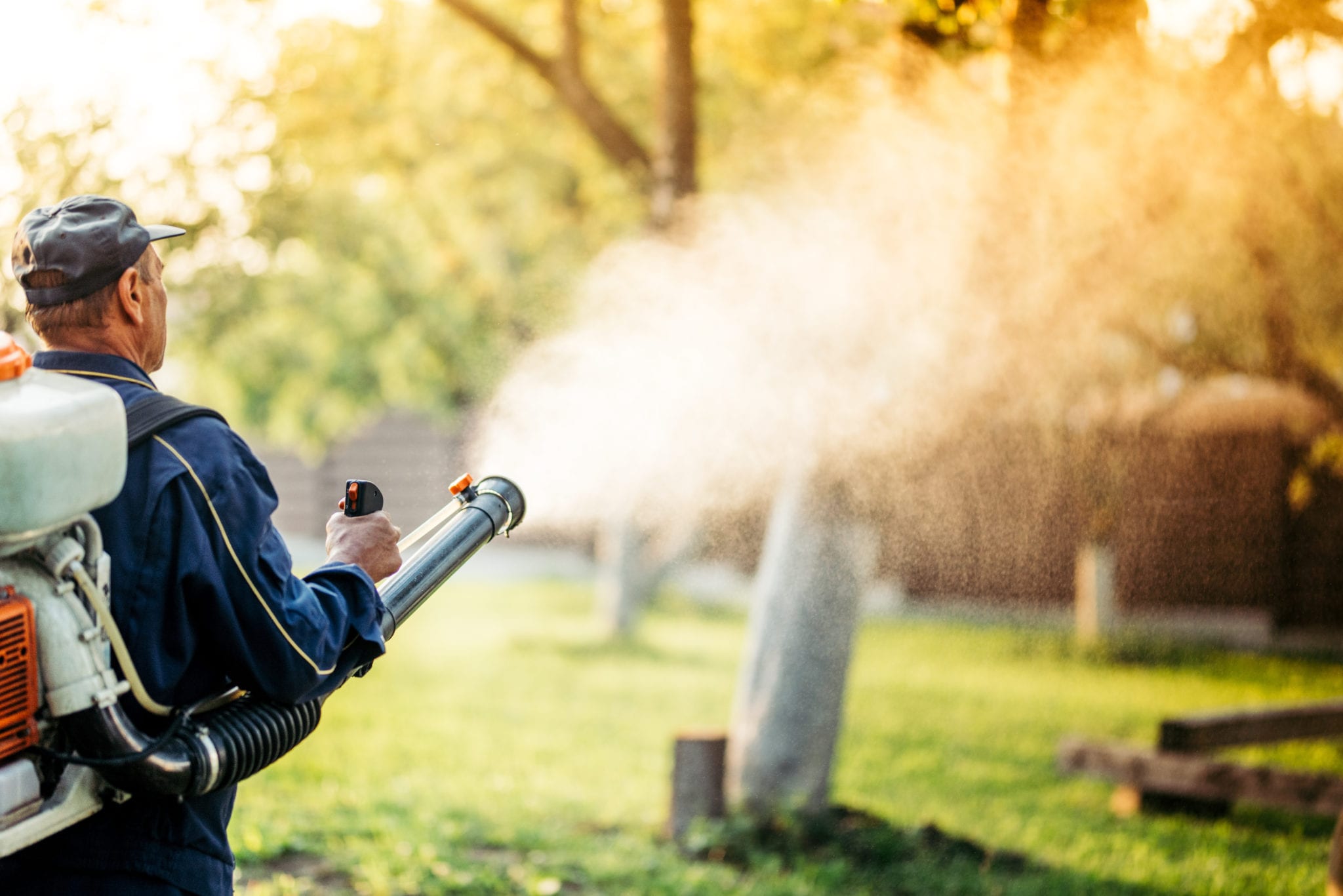Comprehensive Clovis Pest Control: Maintaining Your Residence Pest-Free
Comprehensive Clovis Pest Control: Maintaining Your Residence Pest-Free
Blog Article
Efficient Parasite Control Strategies for Long-Term Results
When it comes to effective pest control strategies that yield enduring end results, a thorough strategy is crucial. As we browse with the complexities of insect control techniques designed for lasting influence, the combinations of different techniques is paramount.
Integrated Insect Management (IPM)
Applying an Integrated Insect Monitoring (IPM) technique is vital for effectively attending to pest problems in a lasting and ecologically aware fashion. IPM is an extensive method that focuses on long-term avoidance of parasites through a combination of strategies such as biological control, environment adjustment, modification of social practices, and making use of resistant ranges. By incorporating these numerous techniques, IPM intends to reduce using chemical pesticides, therefore minimizing potential injury to the environment, non-target organisms, and human health and wellness.
Once pests are recognized, the next step is to apply a mix of control steps based on the specific parasite types, the extent of the problem, and the prospective risks entailed. This tailored approach not just efficiently manages parasites however also aids in stopping future outbreaks, making IPM a economical and sustainable remedy for bug control.
Proper Sanitation Practices
)
Architectural Repair Work and Exclusion
Reliable insect control approaches commonly demand structural repair work and exclusion steps to fortify buildings against pest intrusion. Architectural fixings entail dealing with any cracks, gaps, or openings in the structure's structure, wall surfaces, roofing, or home windows that pests can make use of to access. By sealing these entry points, you can significantly reduce the likelihood of pests such as rodents, insects, and other unwanted intruders from penetrating your residential or commercial property.
Along with repair work, executing exclusion actions is crucial for lasting insect control success. This involves mounting obstacles or deterrents to prevent insects from entering the framework. Typical exclusion approaches include setting up door sweeps, displays on windows, and Clicking Here mesh vents to maintain bugs out while still enabling correct air flow.
Regular inspections to recognize and deal with potential access factors, combined with proactive architectural repair work and exemption techniques, form a durable defense versus insects. By focusing on these procedures, homeowner can create an unwelcoming setting for parasites, eventually bring about long-lasting parasite control success and a pest-free living or functioning area.
Natural and Eco-Friendly Solutions
To enhance the architectural repair work and exclusion procedures intended at fortifying structures against pest intrusion, discovering green and natural solutions provides a sustainable technique to lasting bug control. Natural parasite control techniques utilize biological, mechanical, or physical procedures to manage and remove insects without relying on synthetic chemicals. For instance, introducing all-natural predators like ladybugs to deal with aphids in gardens or utilizing diatomaceous earth to regulate creeping insects are efficient eco-friendly solutions. Additionally, using techniques such as crop rotation, maintaining proper cleanliness methods, and sealing entrance points can assist stop bug problems without damaging the setting.
Eco-friendly pest control remedies not just minimize the environmental impact of conventional chemical pesticides but also promote biodiversity and total ecological community wellness. By preventing the use of harsh chemicals, all-natural bug control techniques contribute to a more secure living setting more information for human beings, pet dogs, and helpful pests. Accepting these sustainable methods not only addresses immediate pest problems however likewise guarantees lasting bug administration with very little eco-friendly disturbance.

Routine Surveillance and Upkeep
Regular tracking and upkeep practices play a vital role in sustaining lasting parasite control efficiency within domestic and industrial settings - clovis pest control. Consistent tracking enables the very early discovery of bug infestations or signs of insect activity, allowing prompt intervention before the situation escalates. Regular inspections of key areas prone to pest invasion, such as entry points, storage areas, and landscaping functions, are important to determine and attend to possible insect issues proactively
Moreover, regular upkeep of the building is crucial in minimizing elements that attract parasites, such as food resources, water build-up, and shelter possibilities. Carrying out proper sanitation techniques, repairing architectural damages, and eliminating mess can contribute considerably to creating a setting less friendly to bugs. Furthermore, ongoing upkeep of insect control measures, such as catches, baits, and exclusion methods, guarantees their effectiveness in deterring pests gradually.
Final Thought
Finally, adopting an Integrated Insect Monitoring strategy, keeping correct sanitation practices, conducting structural repair services and exemption, utilizing eco-friendly and all-natural solutions, as well pop over to this site as routine surveillance and upkeep work methods for attaining long-term insect control outcomes. clovis pest control. By implementing these methods in a organized and comprehensive manner, individuals and services can successfully handle bug concerns and protect against infestations from repeating
When bugs are recognized, the following step is to execute a combination of control procedures based on the certain parasite varieties, the extent of the infestation, and the potential threats entailed.Effective bug control methods frequently demand architectural fixings and exclusion measures to fortify structures versus pest intrusion.To complement the architectural repair work and exemption steps intended at fortifying buildings against pest invasion, discovering natural and environment-friendly services presents a sustainable approach to lasting pest control. Natural pest control methods leverage biological, mechanical, or physical steps to handle and remove parasites without counting on synthetic chemicals. Furthermore, ongoing upkeep of bug control procedures, such as traps, baits, and exemption techniques, ensures their performance in hindering bugs over time.
Report this page